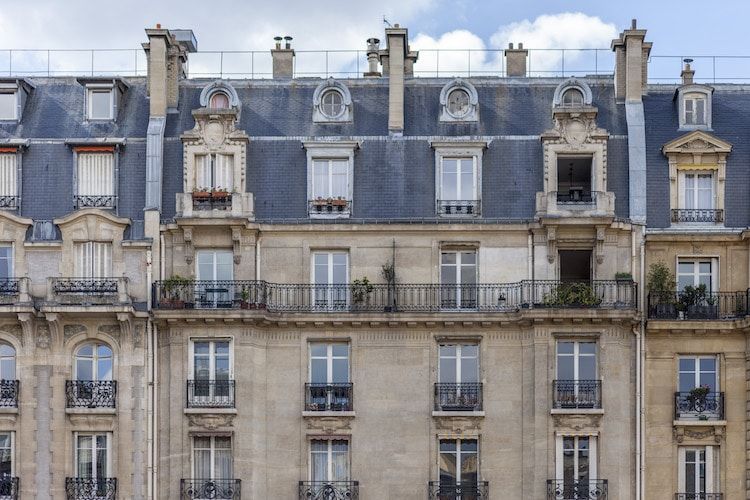Learning to See Buildings

#014
I recently picked up a book about buildings by Stewart Brand.
Not sure what exactly pulled me in to an interest in buildings; I have no plans to get into real estate yet (fun fact: the "real" in "real estate" derives from re-al meaning "royal"), nor do I have a deep interest in the building preservation movement. I'm barely halfway through the book, but it's already profoundly changed the way I view and interact with buildings.
“A change of perspective is worth 80 IQ points”—Alan Kay
Three years ago, I hadn't given buildings much thought. They have always been there in the background, as part of our modern habitat. We live, work, and play in and around buildings but most people don't give it a second thought unless there's a problem. For something so fundamental to our comfort and existence, I made a conscious effort to deconstruct this particular cultural code.
On my travels since, I started to notice buildings from different eras or architectural movements, how buildings are designed to withstand different climates, and also learnt to see the iconoclastic features that distinguish a Frank Gehry from an I. M. Pei. I slowly came to admire the futuristic scales of the Walt Disney Concert Hall and the Guggenheim Museum, and am still awed by the audaciousness of Gaudi's Sagrada Família. But despite my newfound interest and keen eye for observation, my view of buildings remained shallow, as I wasn't able to see beyond the surface.



Since I started reading the book, I've started to view buildings in a new light (two to be precise):
Buildings live in 4D, not 3D
The word building is itself an oxymoron. It means both the action of "to build" and "that which is built." Architects like to view buildings as permanent artifacts to their legacy, whereas to the users of a building, it is is always building and rebuilding.
Brand proposes a useful mental model for viewing buildings through time: "shearing layers." He argues that there isn't any such thing as a building. A building properly conceived is several layers of longevity of built components. There are 6Ss in any building:
- Site: the plot of land
- Structure: the foundation and load bearing elements
- Skin: the exterior "looks"
- Services: wiring, plumbing, AC, HVAC
- Space plan: layout of rooms, walls
- Stuff: chairs, lamps, mugs
The order reflects on how the component relates to both people and time. In relation to people, the site interacts at the level of the state (zoning, footprint restrictions), whereas stuff interacts with people on the level of individuals. In relation to time, services wear out or obsolesce every 7–15 years, whereas stuff can change on a daily to monthly basis.
“An adaptive building has to allow slippage between the differently-paced systems of Site, Structure, Skin, Services, Space plan, and Stuff. Otherwise the slow systems block the flow of the quick ones, and the quick ones tear up the slow ones with their constant change.”
Viewing buildings in this light has given me a deeper appreciation for the necessity of long-term thinking.
Beneath the surface, buildings reveal underlying systems and incentive structures
Have you ever wondered why many modern buildings are not user friendly and stick out like a sore thumb? Blame the underlying incentives.
Starting in the mid-19th century, architects aimed to distinguish themselves from mere "builders" through "art." Architects get work through getting awards, and the award system is based on photographs. Not use. Not context. Just purely visual photographs taken before people start using the building. On its surface, an emphasis on a building's aesthetics can add character to a skyline. But art is fundamentally in tension with the practical function of buildings:
“Art must be inherently radical, but buildings are inherently conservative. Art must experiment to do its job. Most experiments fail. Art costs extra. How much extra are you willing to pay to live in a failed experiment? Art flouts convention. Convention became conventional because it works. Aspiring to art means aspiring to a building that almost certainly cannot work, because the old good solutions are thrown away. The roof has a dramatic new look, and it leaks dramatically.”
On a local regulatory level, it's also fascinating to see how the underlying incentives can drive design (not from the book):
In the UK, where there is a tax on windows:

In France, where floors were taxed but the roof exempted:

In Brazil, where churches are taxed upon completion:

In Lima, where tax is applied to finished houses:
